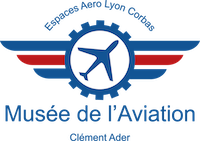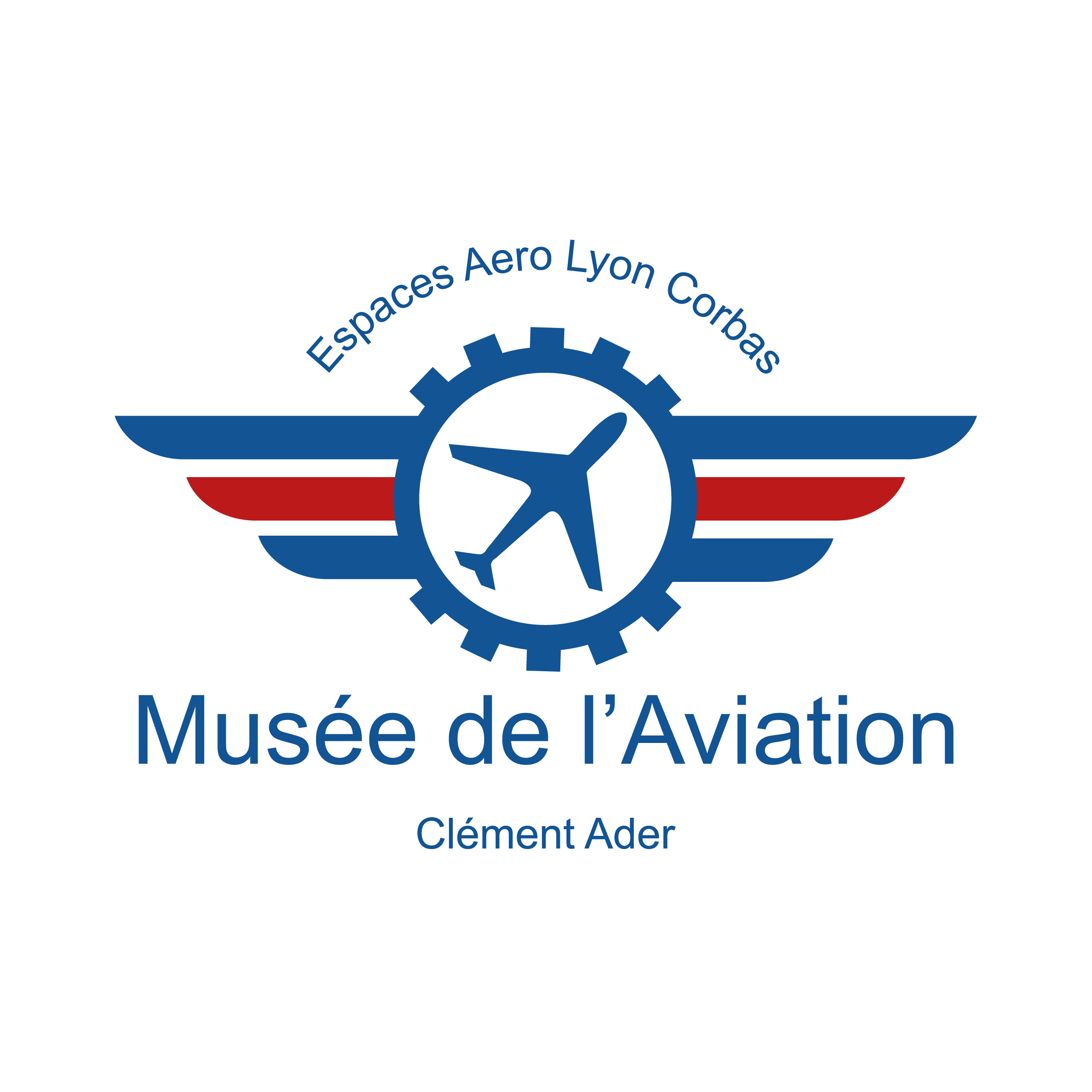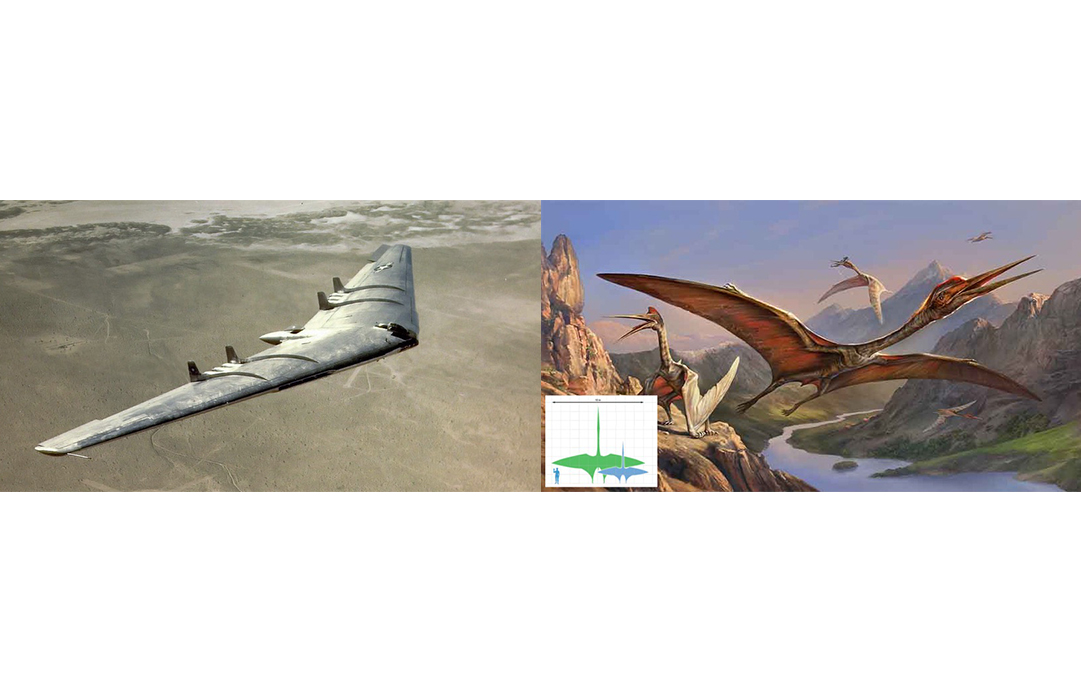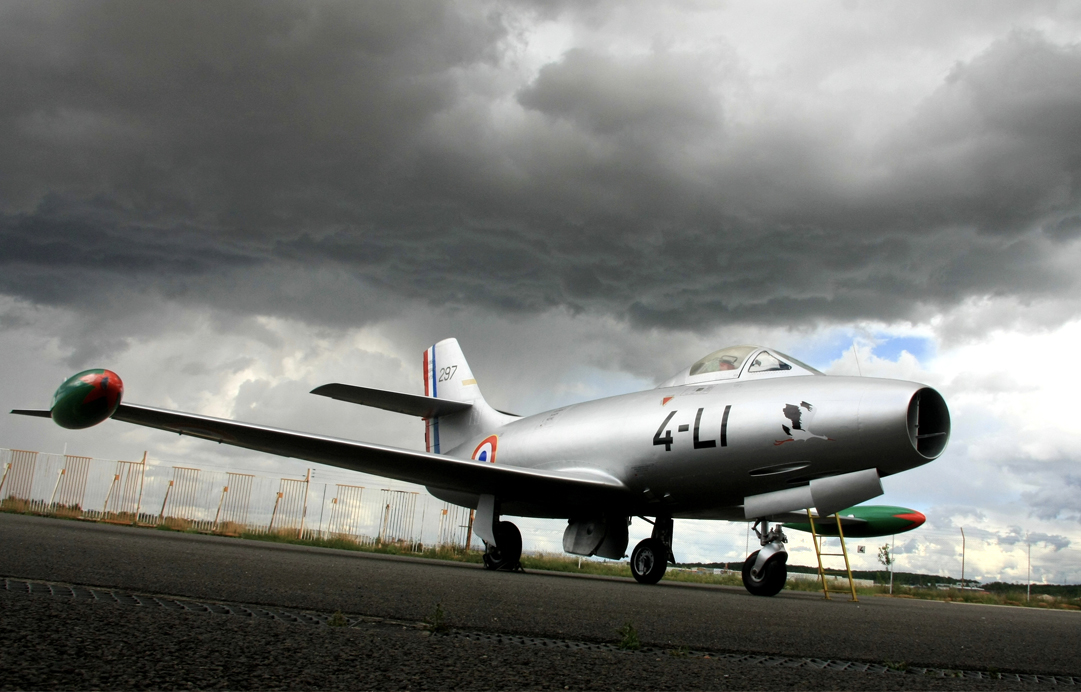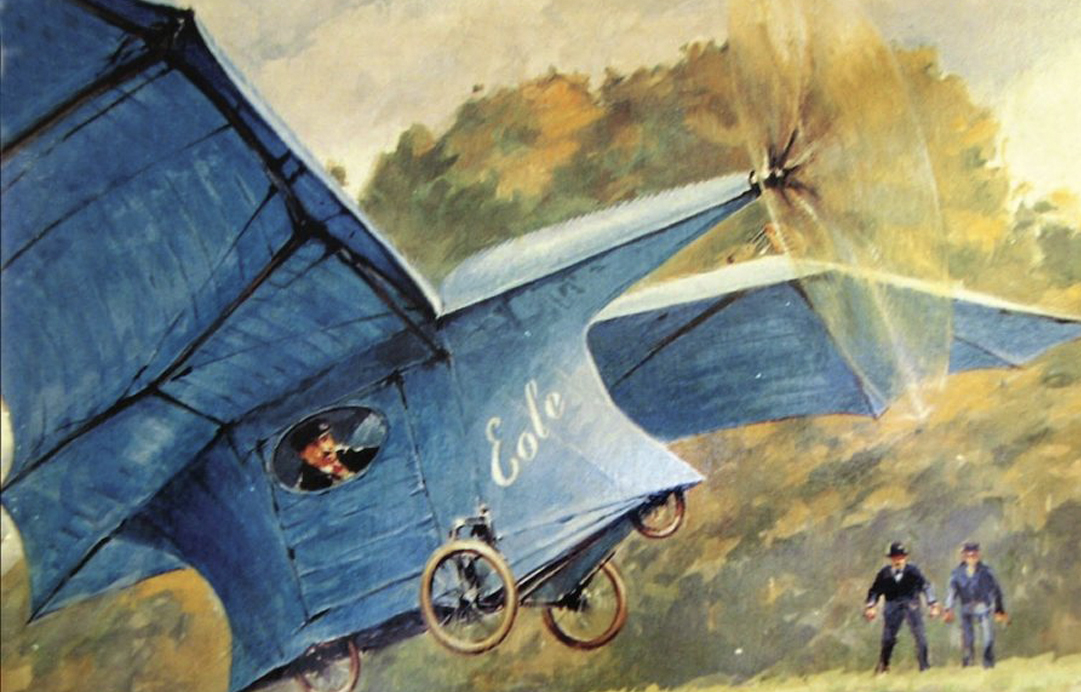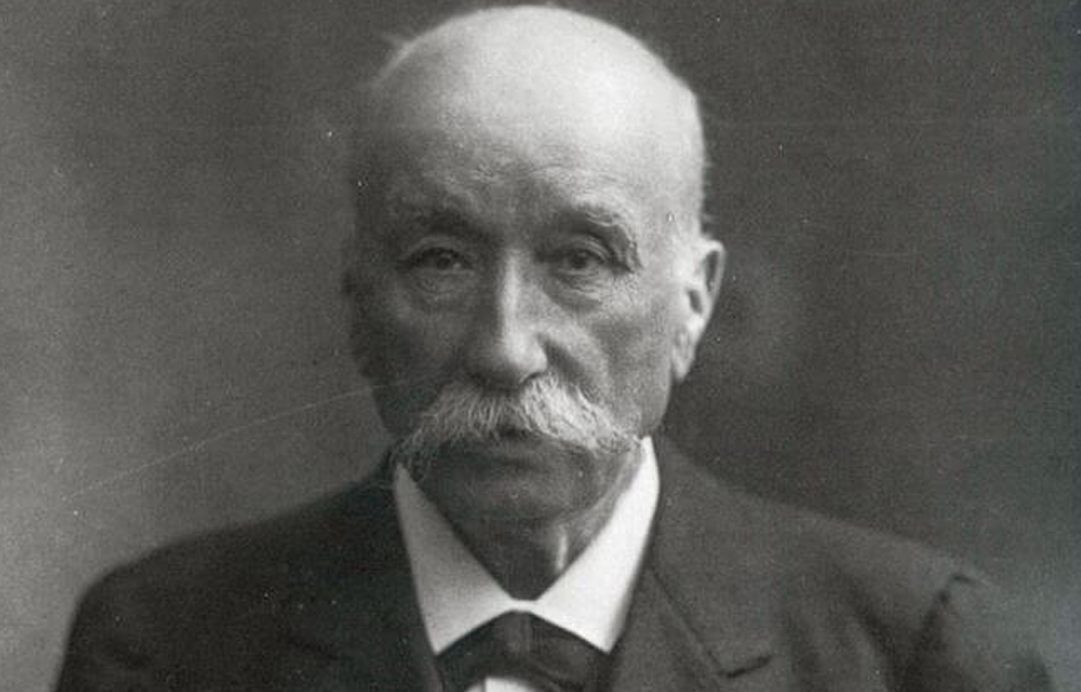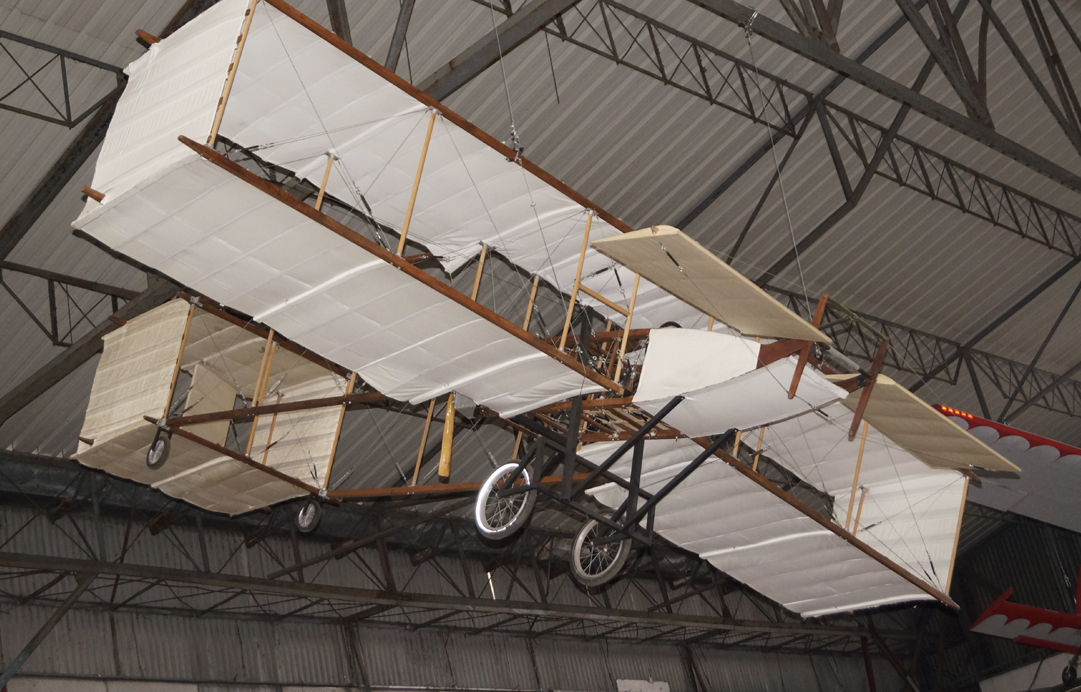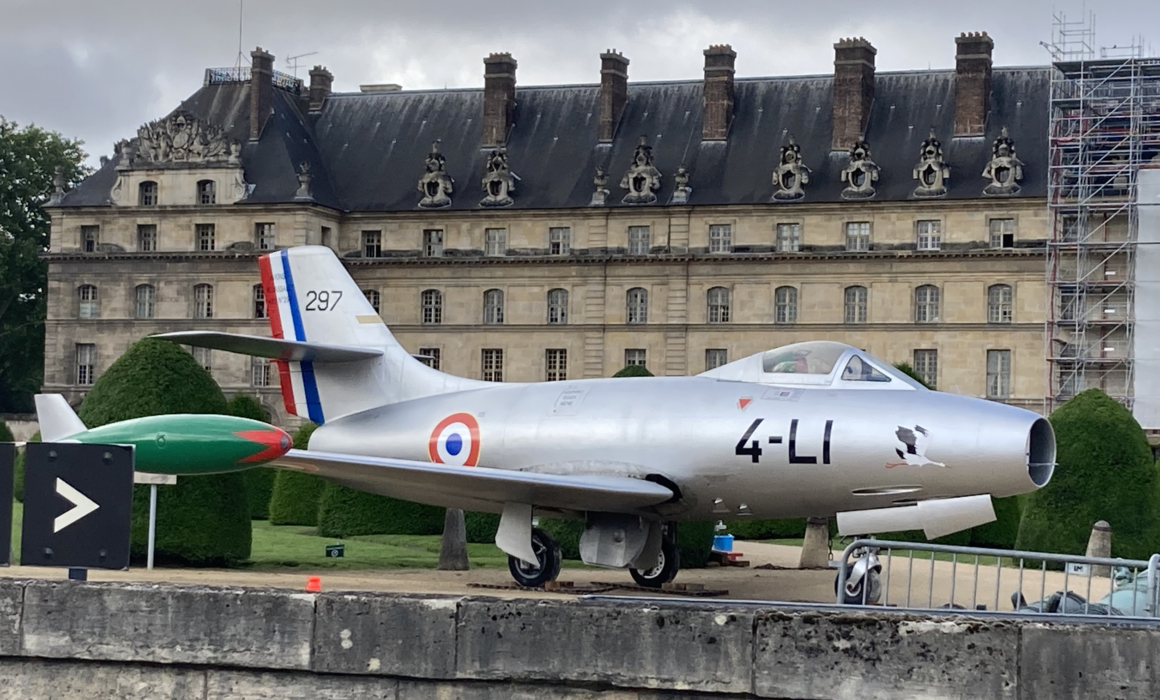- The 1st step consists in knowing that an aircraft is available for acquisition. EALC is an association approved by the Ministry of Defense and it is allowed to sit in the Armed Forces Heritage Commission. This commission lists the reformed materials and takes care of any allocations to accredited associations. The accredited association is informed of the possible provision of an aircraft by the armies, in this case it can apply to the commission for the proposed aircraft. In the event of a positive decision, the Ministry of Defense on the proposal of the commission then draws up a transfer document. This is the most common case, but we sometimes come into possession of aircraft (particularly civilian) via individuals or museums who then contact us directly. We would like to point out that no aircraft are purchased; all are donated to EALC or even exchanged between associations or museums.
- The second stage is an exploratory mission. The technical manager and the president then go on site and examine the proposed equipment. Their objective is to determine if the aircraft is indeed restorable, which is usually the case but not always. They must also anticipate dismantling, transport, future restoration work and inquire about missing equipment on board the aircraft (instruments, seat, equipment, engine, etc.). This second step is also an opportunity to obtain information on the proposed aircraft: year of construction and history of its aeronautical life. This step is also an opportunity to consider the livery proposed for the aircraft at the end of its restoration as well as the future markings (technical and military) that will have to be applied to the aircraft once its final livery has been selected.
- The third phase consists of including the aircraft in the schedule of the restoration teams so that in the event of deferred restoration, the storage and its conditions can be anticipated. This is generally quite quick so that when a date has been decided for the recovery of the aircraft, we send the commander of the air base on which the aircraft is stored a technical sheet which specifies: the date envisaged for dismantling , the people planned for this operation, the duration of the stay on site, the tools that we plan to bring and possibly the list of missing materials in case they are available on site as well as the possibility of having them on site. This operation also requires that the carrier be available and also have, on the scheduled date, the means necessary for transport by road. It is only when the agreement of the base commander has been obtained and the date has been validated by the carrier that the operation is launched.
- The fourth phase is that of dismantling and transporting the device. The planned team then goes to the site and proceeds to dismantle the aircraft. The carrier joins the team on site after confirmation of the completion of the dismantling operations and then proceeds to the transport by road to Corbas or to the place dedicated to storage. This fourth step also implies that all participants have the administrative documents necessary to enter the air base.
- The fifth step is the restoration itself. This involves the development of a work plan including the different stages of the restoration work, the provisional timetable and the constitution of a dedicated team under the direction of a manager. Restoration only begins when the conditions are met and when the missing equipment has been received. A restoration book is open. All stages of the work carried out are listed there, as well as photos of these different stages. This document is put in place in case a new restoration is necessary in the future but also to help other associations which would have to restore a device similar to ours.
- The end of the restoration is the painting phase based on the chosen livery. It requires obtaining the original paints of the aircraft or having them manufactured on the basis of the referenced colors. The objective remains that of restoring the aircraft as close as possible to its operational conditions while respecting the history of the aircraft. As soon as the decision to paint has been made, the markings are made by us using industrial design software (CAD) and their production is launched. These will be affixed upon completion of the painting. The affixing of the markings thus marks the end of the restoration of the aircraft. It will then remain to carry out the exhibition of the aircraft in our collections (placement in our hangars and information panel). The end of the restoration is usually the subject of an official ceremony involving the armed forces and the pilots who have flown on the aircraft. This ceremony is widely reported in the media.
EALC is a non-profit association created in 2003 under the aegis of the law of July 1, 1901. Its initial goal is the restoration of aircraft and equipment representing the French national aeronautical heritage. The association is housed in hangars made available by the municipality of Corbas and previously owned by 5th group of liaison helicopters of the Army’s Light Aviation. In 2007, it was decided to create a museum intended to present restored aircraft and equipment to the public. In December 2012, the museum could finally open because the essential regulatory conditions were finally satisfied. This is particularly the case for the qualification ERP (Establishment Receiving the Public) After a few months of implementation, the organization was consolidated and the inauguration was official in March 2013.
The statutes renovated in 2007 then specify the objectives of the association:
* Active preservation and enhancement of the national aeronautical heritage as well as any object relating to aeronautics and its history (creation and opening to the public of the Lyon Corbas aviation museum).
* Implementation of educational activities for young people (preparation for the Aeronautical Initiation Certificate in particular, training courses in aeronautical professions, advice for aeronautical careers).
* Management of an aeronautical documentary fund (lending library / photographic database / technical documentation).
In 2014, EALC became an association “recognized in the general interest”, which allows it to detax the donations it receives, up to 66% of the amount of these. The resources of the association are mainly represented by the profit of the visits (paid entrances and product of the sales in shop) as well as the contributions of its members. It also benefits from the support of the territorial authorities either in the form of subsidies or in material form (free use of the hangars which house the museum). The majority of expenses are related to restoration activities and the exhibition of our collections within the museum.
With approximately 120 members, all volunteers, the activity of the association can be summarized in several key points:
* The Clément ADER museum which includes both the restoration and the visit. The restoration of aircraft offers work whose quality has been rewarded with several prizes, including the classification of our Mirage IV-P as “Historical Monument” and the obtaining of the “Living Aeronautical Heritage Workshop” label for the museum technical team. The conditions of visit are unique in France since all tours are guided (no free visit is possible). This allows visitors to get as close as possible to the devices and to benefit from the explanations of the guide who, moreover, is able to answer questions asked by visitors. It is even offered to visitors to sit at the controls of a fighter plane. Despite the constraints that these visiting methods entail (training of guides, availability), the feedback we have received from visitors is excellent. The museum also has a shop selling goods related to aeronautics and which provides EALC with additional resources.
*The cultural part of the museum includes the training of young people who wish to obtain scholarships to learn to fly (BIA), discover the world of aeronautics (internship for high school students) or make aeronautics their profession (advice, internships open to holders of a vocational professional diploma in aeronautics). These training actions involve collaboration between EALC and specialized partners (Aeronautical Training Department, specialized schools). The museum organizes conferences on aeronautical themes, aimed more at adults, usually in partnership with the SHLADA (Société Lyonnaise d’Histoire de L’Aviation et de Documentation Aéronautique). EALC also has a documentary fund which includes a strong loan library of more than 3000 aeronautical works and journals, an aeronautical documentation center and a technical documentation service (more intended for aircraft restoration activities) .
* Part of the association’s activity is dedicated to events, i.e. the provision of our premises for the organization of company meetings, exhibitions of old vehicles or even organization of photo shoots (fashion photos, marketing campaign). In addition, EALC participates every septembre in Heritage Days (“Journées Européennes du Patrimoine”) and for us this is the occasion for an exceptional event organized in partnership with the other users of the aerodrome (Ailes Anciennes de Corbas, parachuting club, sailing, amateur builders, model aircraft clubs). This allows our collections to be presented outside their original setting and for partners to present their activities. On this occasion, in-flight presentations of historic aircraft are offered to the public.
This trained engineer, prolific and efficient inventor created with his own hands a motorized airplane which proved to be the first “heavier than air” to have left the ground, on October 9, 1890. In addition to his qualities of pioneer, Clément ADER also proved to be a visionary theoretician as well as the inventor of the word « avion ».
His youth…
On April 2, 1841, Clément Ader, son of a carpenter, was born in Muret, near Toulouse. An excellent student at the St Joseph boarding school in Toulouse, particularly in mathematics and drawing, he devoted himself from 1855 to various aerial activities: testing kites, and even shackled ladybugs! He entered the Assiot Institution in Toulouse in 1856, where he obtained his bachelor in science the following year at the age of 16. He was part of the first promotion of the Industrial School graduating engineer in 1860.
The inventor
His natural curiosity combined with his solid training as an engineer will make him a prolific inventor: employed by the Compagnie des Chemins de Fer du Midi, owned by the financier Emile PEREIRE, he filed a first patent for a machine to raise the tracks of roads railway then a second for a removable railway system, with key model. After his departure from the Company in 1866, he exercised his talents as an inventor in various fields: railway system intended for Algeria, patents for “Véloce” rubber wheels intended for velocipedes, caterpillar wagons, fixing device for tiles flat roofs, submarine cables, hydrofoil and even the first V-engine. Established in Paris, he filed a patent on the telephone and invented stereophony (“théatrophone”) in order to listen to the shows given at the Paris Opera from his home .
Airplane development
Sensitized to the things of the air by his youthful experiences with kites, he proposed, without success, in 1870, to develop a military version intended for observation. Continuing his efforts, in 1873 he built a 20 kg glider in hollow wood and goose feathers. Attached to the ground by 4 cables via dynamometers, it performs, at a height of 1.5 m, the first drag measurements in the world, in the « autan » wind. He deduces a glide ratio of 10, and the need to have an engine weighing no more than 8 kg/hp to fly. He therefore began the study of the 12 hp steam engine necessary for the flight, a four-cylinder of 23 kg, or 6.4 kg/hp for the whole (boiler, condenser, etc.). Manufactured in 1884, the engine was successfully tested in 1885. He carried out numerous tests for the fuel: charcoal, oil, petroleum, methyl alcohol, before selecting the latter. An attentive observer of animal flight, he was inspired by the bat to build the « Eole », a winged device in bamboo and linen, remarkable from several points of view: not only did he describe his new solutions in relation to the glider, with warping of the wing and its folding, coupling rudder/rear wheel, automatic variable pitch propeller, but also the nomenclature with “aviation” and “aviator”. On April 19, 1890, Clément Ader filed a patent relating to “a winged device for aerial navigation called Avion“. His first demonstration took place on the following October 9, on a 200-meter track that the banker Gustave Pereire had laid out for him in the park of his castle in Armainvilliers, in Seine-et-Marne. Ader started the engine of the plane and very quickly, the jolts of its wheels ceased, Éole rose 20 cm above the ground over a distance of 50 meters. The “heavier than air” takeoff was thus achieved for the first time in the world. Ader then received the support of the Ministry of War.
A second demonstration took place the following year at the Satory military camp, near Versailles. But the wind deports « Eole II » which is destroyed. New tests took place on October 12 and 14, 1897, at Satory with a new twin-engine aircraft. « Éole III » travelled a few hundred meters, picked up speed, the wheels left the ground sporadically. But the weather conditions were bad and « Éole III » left the track, as « Éole II » had done. The report was nevertheless established of the disappearance of the traces of wheels on the ground on 300 meters, proof of a very real takeoff of the plane. Unfortunately the reality of these thefts were long disputed to him on the one hand because the only witnesses were directly involved, therefore biased, and on the other hand because these thefts were covered by military secrecy, thus “classified”.
Theoretician and visionary:
In early 1909, he published the historic and prophetic “Military Aviation”, pleading for a strong aviation minister, industry and air force. More technically, it describes three types of military aircraft, fighters, torpedo planes and scouts (reconnaissance). He considers squadrons and formation flying and even describes the bombing sight. For the armament of aircraft, he studied “land and sea torpedoes”, the latter bevelled to bend their trajectory under water before striking ships perpendicular to their hull. He also invented the concept of the aircraft carrier: “An aircraft carrier becomes indispensable. These ships will be built on plans different from those currently in use. First, the bridge will be free of any obstacles; flat, as wide as possible, without harming the nautical lines of the hull, it will present the appearance of a landing area. The word landing is perhaps not the term to use, since we will be at sea, we will substitute that of ship-landing. “.
He masterfully concludes his work with these words: “He who will be master of the air will be master of the world”
BREGUET Louis and Jacques (co-inventors and pioneers of the helicopter / aircraft manufacturers)
CAUDRON René and Gaston (flying school at Le Crotoy in 1910 / record planes)
FARMAN Maurice and Henri (1st km on a closed circuit in 1908 on board a Voisin biplane / pilot = Henri)
MONTGOLFIER Etienne and Joseph (inventors of the hot air balloon in the 18th century)
MORANE Robert and Louis (1st crossing of the Mediterranean in 1913 by Rolland Garros / shooting device through the propeller)
NIEUPORT Charles and Edouard (aircraft manufacturers)
ROBERT Anne-Jean and Nicolas-Charles (balloonists, co-inventors of the 1st gas balloon with Jacques CHARLES)
SEGUIN Louis, Laurent and Augustin (Gnome rotary engines)
VOISIN Charles and Gabriel (1st aviation workshop in 1907 in Boulogne Billancourt)
WRIGHT Orville and Wilbur (1st piloted flight of a heavier-than-air aircraft in 1903 / pilot:Orville)
1783: 1st flight in human history. On board a hot air balloon built by the brothers Joseph and Etienne MONTGOLFIER and piloted by Pilatre DE ROZIER and the Marquis d’ARLANDES
1783: 1st flight of a gas balloon (hydrogen) from the Tuileries Garden in Paris by Jacques CHARLES and the ROBERT brothers
1797: invention of the parachute by André Charles GARNERIN author of the 1st jump in history, throwing himself into the void from a balloon
1884: invention of the airship by Charles RENARD and Arthur KREBS performing the 1st closed circuit flight in history on a principle developed by Henri GIFFARD in 1852. Their airship was electrically powered.
1890: 1st take-off of a heavier-than-air aircraft (Eole) in Paris by Clément ADER, also inventor of the word “avion”, air weapon theorist and creator of the aircraft carrier concept
1898: 1st aeronautical federation, the Aero-Club de France, founded by Ernest ARCHDEACON and Henri DEUTSCH DE LA MEURTHE
1905: first use of ailerons on an aircraft by Robert ESNAULT PELTERIE, also a pioneer in astronautics
1906: 1st homologous flight of a heavier-than-air aircraft by Alberto SANTOS DUMONT on the N°14 bis in Paris (bagatelle park)
1906: invention of the broomstick by Robert ESNAULT PELTERIE
1906: invention of the radial engine by Robert ESNAULT PELTERIE
1907: invention of the metallic structure monoplane by Robert ESNAULT PELTERIE
1907: 1st flight of a helicopter by Paul CORNU in Coquainvilliers (Normandy)
1907: 1st aeronautical factory, the aviation workshop of the VOISIN brothers in Boulogne Billancourt
1908: 1st kilometer in a closed circuit on a Voisin plane piloted by Henri FARMAN
1908: 1st city-to-city flight between Reims and Mourmelon on a Voisin plane piloted by Henri FARMAN
1908: invention of the principle of jet propulsion. Patent filed by René LORIN. The first jet aircraft built was the work of a Romanian engineer established in France: Henri COANDA with the support of Gustave EIFFEL and Paul PAINLEVE. The compressor was powered by a conventional piston engine.
1909: 1st crossing of the Channel by Louis BLERIOT
1909: 1st international air speed competition for airplanes, the DEUTSCH DE LA MEURTHE cup
1909: 1st air meeting, the Grande Semaine d’Aviation de Reims
1909: 1st flight school, opened in Pau by the Wright brothers, quickly followed in 1910 by that of the CAUDRON brothers in Le Crotoy (Normandy)
1910: 1st flight of a seaplane by Henri FABRE on the Etang de Berre
1910: 1st crossing of the Alps by Geo CHAVEZ on a Bleriot type XI aircraft
1910: 1st woman pilot Elise DEROCHE known as Baroness DE LA ROCHE (patent n°36)
1910: 1st flight simulator the “tonneau Antoinette” by Léon LEVAVASEUR
1911: 1st aviation race, Paris Madrid, won by Jules VEDRINES
1912: 1st aircraft carrier in history, the seaplane carrier “La Foudre”.
1912: 1st international air speed competition for seaplanes, the SCHNEIDER trophy
1913: 1st crossing of the Mediterranean by Roland GARROS on a Morane Saulnier type G monoplane between Fréjus (France) and Bizerte (Tunisia)
1913: invention of aerobatics by adolphe PEGOUD, author of the 1st inverted flight and the 1st loop in history. Adolphe PEGOUD is from Montferrat (Isere)
1914: invention of shooting through the propeller by Roland GARROS and Raymond SAULNIER on Morane Saulnier aircraft
1915: 1st aerial victory by Joseph FRANTZ and Louis QUENAULT on the Voisin LAS biplane. Joseph FRANTZ is from Beaujeu (Rhône)
1916: invention of the turbocharger by Auguste RATEAU
1924: 1st kilometer in closed circuit of a helicopter, device invented and piloted by Etienne OEMICHEN in Arbouans (actually Montbeliard airport)
1928: invention of the variable-pitch propeller in flight by Paulin RATIER
1930: invention of the pulse-jet engine by René LEDUC
1931: Roland PAYEN invents the delta wing (patent of November 13, 1931 with Robert SAUVAGE) and in 1935 flies the first aircraft in the world equipped with a wing of this type, the Pa100
1933: invention of the thermopropulsive nozzle (ramjet) by René LEDUC
1937: invention of the variable speed compressor by André PLANIOL and Joseph SZYDLOWSKI, also founders of Turbomeca (Bordes-France)
Note: the flight of the WRIGHT brothers in 1903 would not have been possible without the fundamental work of Captain FERBER and the help of the Franco-American engineer Octave CHANUTE. Ferdinand FERBER was born and lived in Vaise (Rhône).
In the documentary “History of Aviation” (1978) daniel COSTELLE said:
“We can never say enough about what Captain Ferdinand FERBER brought to aviation. He was like the Wrights—whose friend he was—a disciple of Lilienthal and Chanute. This polytechnician brought scientific rigor and a sense of research that marked the beginnings of aviation. Since 1901 he had been flying increasingly sophisticated gliders. In 1905 he made the first take-off in Europe of a motorized aircraft. He died too soon. »
Our jet fighter Dassault MD-450 Ouragan n°297 left the Clement Ader museum on June 10th 2022. It was indeed transported to Paris to the Hotel des Invalides, inside the Army Museum, as part of an exhibition entitled “From the Ouragan to the Rafale, 70 years of industrial and operational excellence”. This exhibition was held from Monday June 20 to Sunday September 18 inclusive and had been an opportunity to pay tribute to Marcel Dassault as well as to celebrate the 70th anniversary of the entry into service of the Ouragan, the first nationally-designed jet fighter to join the French Air Force. Our Ouragan was accompanied by a Rafale B. Here are some pictures of the aircraft after its installation (thanks to our friends at Fana Aviation Magazine). This exhibition thus presents the first jet fighter bearing the Dassault name and the last fighter built by the aircraft manufacturer under its name.
We remind you that our Ouragan is number 297 and that it displays the livery of the squadron 2/4 in which it began its career at Bremgarten Air Base 136, namely the paintings of N24 La Fayette on port side and Spa 167 “Cigogne de Romanet” on right side. It is a great pride for us of seeing the work of the restoration teams recognized by a presentation of the aircraft within a prestigious national exhibition.
